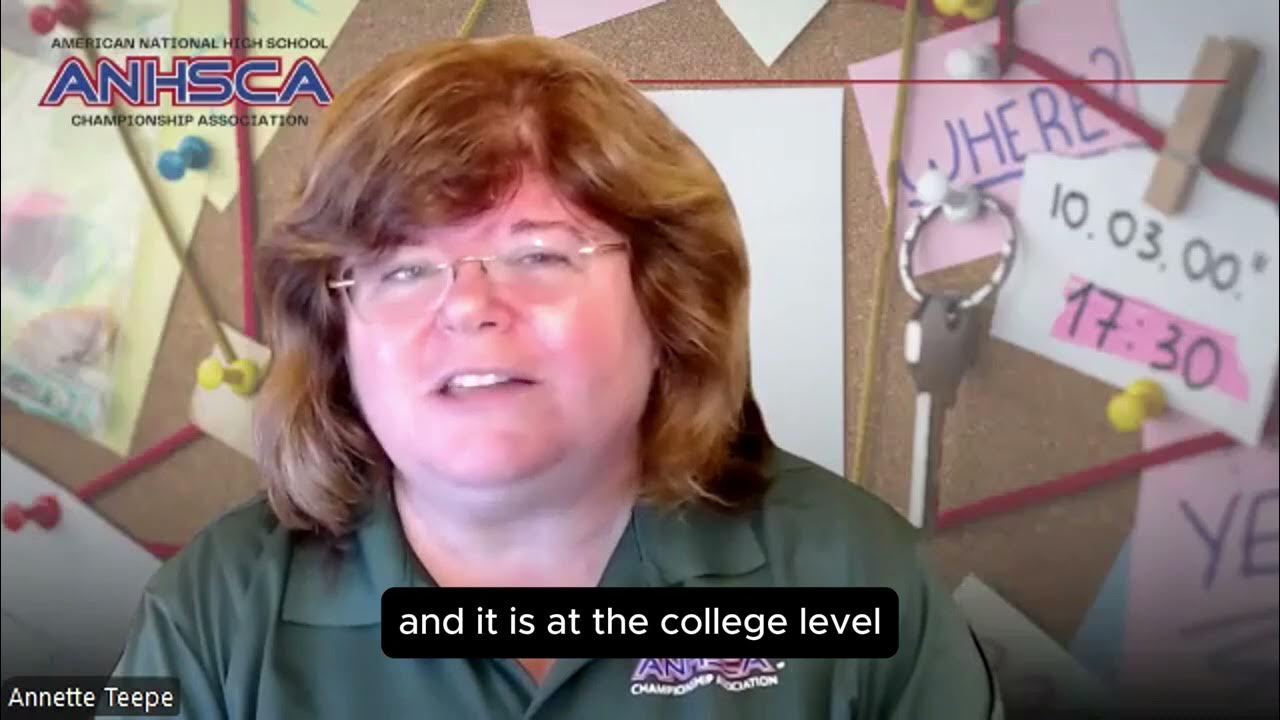Lesson 2 Forensics Detect a Lie
Summary
TLDRIn this session of the Forensics Club, Dr. Anette Tepe delves into the critical skill of detecting lies during investigations. She explains how investigators can spot signs of dishonesty in witnesses and suspects by closely observing body language, eye movements, speech patterns, and facial expressions. Dr. Tepe highlights the importance of establishing a baseline behavior to spot deviations when asking more incriminating questions. Additionally, she discusses the role of polygraphs and emphasizes the necessity of careful observation and practice in becoming adept at reading people to ensure fair and accurate outcomes in criminal investigations.
Takeaways
- 😀 Investigators must be skilled in interviewing people and carefully listening to determine if they are telling the truth.
- 😀 Observational skills are crucial in investigations to differentiate between what someone thinks they saw or heard and what actually occurred.
- 😀 Detecting lies involves observing a person's behavior, body language, and speech patterns during an interview.
- 😀 Establishing a baseline behavior (e.g., through neutral questions) helps investigators spot deviations when more incriminating questions are asked.
- 😀 People often become uncomfortable when lying, which may cause physical signs like body tension, hand hiding, or squirming.
- 😀 Changes in facial expressions, such as flushing, rapid blinking, or biting lips, can indicate discomfort or dishonesty.
- 😀 Suspects may attempt to deflect attention from themselves by shifting blame to someone else, using fewer personal pronouns like 'I' and 'me'.
- 😀 Liars might take longer to answer or use more complex sentences to maintain their fabricated story.
- 😀 The consistency of a person's story is crucial—if the details change over time, it may indicate dishonesty.
- 😀 Not everyone is equally good at detecting lies. Skills in reading body language and understanding behavioral cues can be developed through practice.
Q & A
Why is it important for investigators to carefully observe witnesses and suspects during interviews?
-Careful observation allows investigators to detect inconsistencies in body language, speech, and other cues that might indicate deception, helping to separate truthful information from falsehoods and avoid wasting time on misleading leads.
How does baseline behavior help in detecting lies?
-Baseline behavior refers to how a person acts when they are relaxed and telling the truth. By establishing this baseline through neutral questions, investigators can more easily spot deviations in behavior when more incriminating questions are asked.
What are some common non-verbal cues that could suggest a person is lying?
-Common non-verbal cues include nervous body movements, such as fidgeting or pulling the body together, facial expressions like blushing or rapid blinking, and changes in speech patterns, like speaking more slowly or adding unnecessary details to the story.
Why is it suspicious if a person’s story changes over time?
-When a person's story changes, it suggests they might be fabricating or altering their narrative to cover up inconsistencies. A truthful person is more likely to provide a consistent account, whereas a liar has to remember the details they made up.
How does speech rate change when someone is lying?
-When lying, a person may speak either more quickly due to nervousness or more slowly as they carefully construct their story. Both behaviors can signal that the person is trying to manage their deception.
What role does eye contact play in detecting lies?
-Lack of eye contact can be a sign of dishonesty, as the person may feel guilty or uncomfortable. On the other hand, some individuals may overcompensate by staring intensely to convince the interviewer of their truthfulness.
What are some examples of behavior that might indicate a person is distancing themselves from a crime they committed?
-A person might deflect blame onto someone else or avoid using personal pronouns like 'I' or 'me'. They may also provide vague or impersonal accounts of the event to reduce their association with it.
How can a polygraph test assist in detecting lies, and why is it not always reliable?
-A polygraph test measures physiological responses, such as heart rate and sweating, to detect signs of stress that may indicate lying. However, it is not foolproof because people can sometimes control their reactions or experience stress for reasons unrelated to deception.
Why is it important to use multiple forms of evidence when evaluating someone's truthfulness?
-Relying solely on one method, such as body language or a polygraph test, can be misleading. It is crucial to compare verbal and non-verbal cues with other evidence from the case to build a comprehensive understanding of the situation.
What challenges do investigators face when trying to read a suspect’s body language accurately?
-Different people have different baseline behaviors, so what might appear as a sign of lying in one person could simply be a personal mannerism or nervousness in another. Accurate body language reading requires skill, training, and practice.
Outlines

Cette section est réservée aux utilisateurs payants. Améliorez votre compte pour accéder à cette section.
Améliorer maintenantMindmap

Cette section est réservée aux utilisateurs payants. Améliorez votre compte pour accéder à cette section.
Améliorer maintenantKeywords

Cette section est réservée aux utilisateurs payants. Améliorez votre compte pour accéder à cette section.
Améliorer maintenantHighlights

Cette section est réservée aux utilisateurs payants. Améliorez votre compte pour accéder à cette section.
Améliorer maintenantTranscripts

Cette section est réservée aux utilisateurs payants. Améliorez votre compte pour accéder à cette section.
Améliorer maintenantVoir Plus de Vidéos Connexes

Get to know your instructor and the club

Intro to Forensics Club

Lesson 1 Observational Skills

07 01 a Forensik email tricks

Waketum Projo Berang, Debat Roy Suryo dan Ahli Digital Forensik soal Ijazah Jokowi | Rakyat Bersuara

Difference between Cyber Security, Cyber Forensics, Digital Forensics | Doubt solving video!
5.0 / 5 (0 votes)
